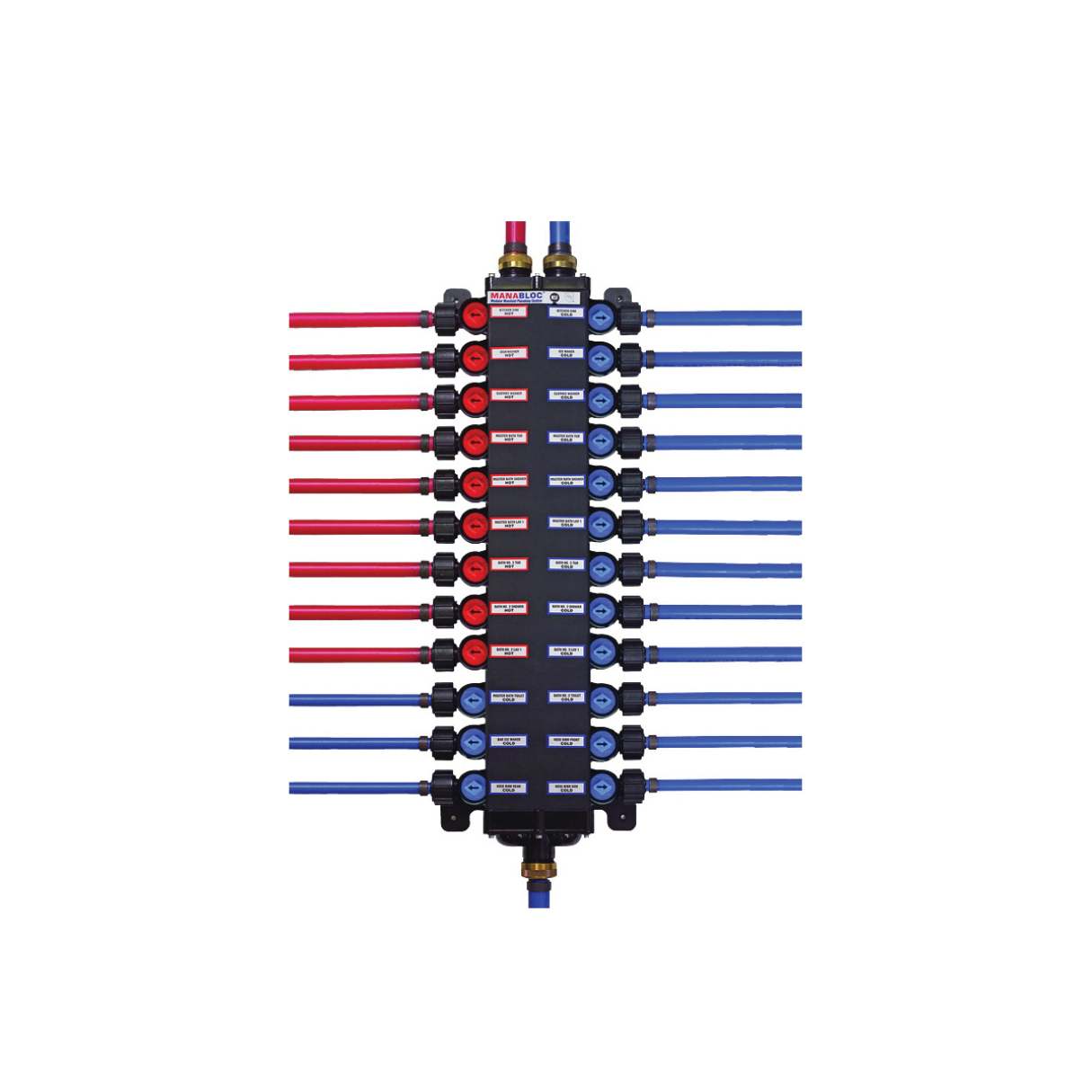

Articles
What Is A ManaBloc Plumbing System
Modified: December 7, 2023
Discover the benefits of Manabloc plumbing system with our informative articles. Learn how this innovative technology simplifies water distribution in your home.
(Many of the links in this article redirect to a specific reviewed product. Your purchase of these products through affiliate links helps to generate commission for Storables.com, at no extra cost. Learn more)
Introduction
Welcome to the world of Manabloc plumbing! If you’re looking for a modern and efficient way to manage your home’s plumbing system, then Manabloc plumbing is definitely worth considering. This innovative system offers numerous advantages over traditional plumbing setups, making it a popular choice among homeowners and contractors alike.
But what exactly is Manabloc plumbing? In simple terms, Manabloc plumbing is a type of plumbing system that uses a central manifold to distribute water to individual fixtures throughout the house. Unlike conventional plumbing systems that rely on a maze of pipes, Manabloc plumbing allows for better control and more efficient water distribution.
In this article, we will delve deeper into the world of Manabloc plumbing. We will explore how it works, its advantages and disadvantages, the installation process, and much more. By the end, you’ll have a comprehensive understanding of Manabloc plumbing and whether it’s the right choice for your home.
Key Takeaways:
- Manabloc plumbing offers precise water distribution, improved efficiency, and reduced risk of leaks. Its space-saving design and simplified maintenance make it a compelling choice for homeowners and contractors seeking long-term durability and convenience.
- While the initial cost of installation may be higher, the long-term benefits of Manabloc plumbing, such as water savings and reduced maintenance, make it a worthwhile investment. Its availability and accessibility are gradually increasing, making it a viable option for residential and commercial buildings.
Read more: What Is A Rough In Plumbing
Definition of Manabloc Plumbing
Manabloc plumbing is a revolutionary plumbing system that uses a central manifold to control the distribution of water throughout a building. The term “Manabloc” is derived from a combination of “manifold” and “block,” reflecting the unique design and functionality of this system.
At the heart of the Manabloc plumbing system is a manifold, which serves as the main control center for water flow. The manifold is typically located near the water supply line and is responsible for receiving and distributing water to individual fixtures within the building. Each fixture, such as sinks, toilets, and showers, is connected to the manifold through dedicated supply lines.
One of the key features of the Manabloc plumbing system is its modular design. The manifold consists of numerous individual “blocks” or ports, each corresponding to a specific fixture. These ports can be easily accessed and adjusted, allowing for precise control of water flow to each fixture.
Unlike traditional plumbing systems that utilize a complex network of pipes, the Manabloc plumbing system uses a simplified layout. This results in reduced installation time, fewer connection points, and minimized potential for leaks. Additionally, the centralized design of the Manabloc system allows for easy troubleshooting and maintenance.
The Manabloc plumbing system also incorporates advanced shut-off valves at each fixture’s supply line connection. These valves allow for individual control and isolation of specific fixtures, providing added convenience and flexibility. In case of a leak or maintenance issue with a particular fixture, the shut-off valve can be easily closed, preventing water damage and disruption to the rest of the system.
Overall, the Manabloc plumbing system offers a modern and efficient approach to water distribution within a building. Its modular design, simplified layout, and individual fixture control make it a reliable and convenient choice for both residential and commercial applications.
How Manabloc Plumbing Works
Manabloc plumbing operates on a simple yet effective principle: water distribution from a centralized manifold to individual fixtures. Let’s take a closer look at how this innovative system works:
1. Centralized Manifold: The Manabloc plumbing system comprises a central manifold that is connected to the main water supply line. This manifold serves as the control center for water distribution throughout the building.
2. Supply Lines: Each individual fixture in the building, such as sinks, toilets, showers, and appliances, is connected to the manifold through dedicated supply lines. These supply lines provide a direct route for water to reach the fixtures.
3. Modular Design: The manifold consists of a series of ports or blocks, with each block corresponding to a specific fixture. This modular design allows for easy access, adjustment, and control of water flow to each fixture.
4. Individual Shut-off Valves: The Manabloc plumbing system incorporates individual shut-off valves at each fixture’s supply line connection. These valves can be opened or closed to control the flow of water to a specific fixture. If maintenance or repairs are required, shutting off the valve for that fixture will isolate it from the rest of the system.
5. Water Pressure Regulation: The Manabloc system also includes a pressure regulator that helps maintain consistent water pressure throughout the building. This ensures that each fixture receives an adequate and balanced supply of water.
6. Balancing System: Another notable feature of Manabloc plumbing is the built-in balancing system. This system allows for the fine-tuning of water flow to each fixture, ensuring equal distribution and preventing issues such as low water pressure in certain areas of the building.
7. Monitoring and Maintenance: The centralized nature of the Manabloc plumbing system makes it easy to monitor water usage and detect any potential leaks. Regular maintenance, such as checking the shut-off valves and replacing any worn-out components, is essential to keep the system running efficiently.
Overall, the Manabloc plumbing system offers a streamlined and efficient way to distribute water throughout a building. Its modular design, individual control valves, and built-in pressure regulation contribute to more precise water flow and better overall performance.
Advantages of Manabloc Plumbing
Manabloc plumbing offers a range of advantages over traditional plumbing systems. Here are some of the key benefits that make it an attractive choice for homeowners and contractors:
1. Improved Water Efficiency: The Manabloc plumbing system allows for better control and distribution of water, resulting in improved water efficiency. With individual shut-off valves at each fixture, you can easily regulate water flow, reducing wastage and saving on water bills.
2. Faster Hot Water Delivery: The centralized design of Manabloc plumbing minimizes the distance hot water has to travel, resulting in faster hot water delivery to fixtures. This means less waiting time for hot water, enhanced convenience, and reduced water wastage.
3. Reduced Risk of Leaks: Traditional plumbing systems can be prone to leaks due to the numerous connection points and complex pipe networks. Manabloc plumbing, on the other hand, utilizes a simplified layout with fewer connection points, reducing the risk of leaks and water damage.
4. Easy Maintenance: Manabloc plumbing systems are designed for easy maintenance. With the manifold located in a central, accessible location, it’s convenient to monitor water usage, perform routine maintenance, and detect any potential issues. The individual shut-off valves also make it easy to isolate and address problems with specific fixtures.
5. Precise Control: The modular design and individual shut-off valves of the Manabloc system provide precise control over water flow to each fixture. This allows you to fine-tune water distribution based on your specific needs, ensuring adequate pressure and flow to every fixture in the building.
6. Reduced Pipe Noise: Traditional plumbing systems can produce loud noises due to the high water pressure and vibrations within the pipes. Manabloc plumbing, with its balanced water distribution and pressure regulation, can help minimize pipe noise, providing a quieter and more peaceful living environment.
7. Space Efficiency: The compact design of the Manabloc plumbing system saves space and eliminates the need for a complex network of pipes. This is particularly beneficial for small homes or buildings where space is limited, allowing for more efficient use of available square footage.
8. Flexibility in Home Renovations: If you’re planning on renovating or expanding your home, Manabloc plumbing simplifies the process. The modular nature of the system allows for easy modifications and additions, minimizing disruption and saving time during renovation projects.
Overall, the advantages of Manabloc plumbing make it a compelling choice for homeowners who prioritize water efficiency, convenience, and long-term durability. With its modern design and innovative features, Manabloc plumbing offers a reliable and efficient solution for water distribution in residential and commercial buildings.
Disadvantages of Manabloc Plumbing
While Manabloc plumbing offers numerous advantages, it’s important to consider its potential drawbacks before deciding if it’s the right choice for your home. Here are some of the disadvantages associated with Manabloc plumbing:
1. Upfront Cost: The initial cost of installing a Manabloc plumbing system can be higher compared to traditional plumbing systems. This is due to the need for a central manifold, individual shut-off valves, and specialized components. However, it’s essential to consider the long-term benefits and potential cost savings in water efficiency and maintenance.
2. Professional Installation Required: Installing a Manabloc plumbing system requires professional expertise. It involves proper sizing, placement, and connection of the manifold and supply lines. While this ensures a reliable and efficient system, it may result in additional installation costs compared to DIY plumbing projects.
3. Limited Availability: Manabloc plumbing systems may not be as widely available as traditional plumbing components. This can make it challenging to find certified plumbers or readily available replacement parts in certain areas. However, the growing popularity of Manabloc plumbing has led to increased availability in many regions.
4. Learning Curve: If you’re accustomed to traditional plumbing systems, there may be a learning curve when it comes to understanding and operating a Manabloc system. Familiarizing yourself with the manifold, shut-off valves, and water balance adjustments may require a bit of time and patience.
5. Potential for Pressure Drops: In some cases, the Manabloc plumbing system may be more susceptible to pressure drops if not properly balanced. If the water flow to certain fixtures is not adequately regulated, it can lead to pressure inconsistencies and reduced water pressure. Professional installation and proper system balancing can help mitigate this issue.
6. Maintenance Considerations: While Manabloc plumbing systems are generally easy to maintain, it’s important to keep in mind that the system relies on plastic components. Over time, these components may become vulnerable to wear and tear. Regular maintenance and inspections are necessary to ensure the longevity and functionality of the system.
Despite these potential disadvantages, Manabloc plumbing remains a popular choice among homeowners who value water efficiency, precise control, and space-saving design. By weighing the pros and cons and consulting with a plumbing professional, you can determine if Manabloc plumbing is the right fit for your specific needs and circumstances.
Manabloc plumbing is a water distribution system that uses individual shut-off valves for each water outlet, making it easier to isolate and repair specific areas of the plumbing system. It can help reduce water waste and minimize damage in case of a leak.
Read more: What Is A Wye In Plumbing
Installation Process of Manabloc Plumbing
The installation of a Manabloc plumbing system requires the expertise of a professional plumber. Here’s a general overview of the installation process:
1. Assessment and Planning: The installation process begins with a thorough assessment of the building’s plumbing needs. The plumber will determine the ideal location for the central manifold and the most efficient routing for the supply lines to reach each fixture.
2. Manifold Placement: The plumber will install the central manifold near the main water supply line. The manifold should be easily accessible for future maintenance and troubleshooting.
3. Supply Line Installation: Dedicated supply lines will be run from the manifold to each individual fixture. The supply lines may be made of PEX (cross-linked polyethylene) or another suitable material known for its durability and flexibility.
4. Shut-Off Valves: Shut-off valves will be connected to each supply line, allowing for individual control and isolation of each fixture. These valves can be closed in case of maintenance or repairs, preventing water flow to the specific fixture without affecting the rest of the system.
5. Connection to Fixtures: The supply lines will be connected to the respective fixtures, such as sinks, showers, toilets, and appliances. The plumber will ensure proper connections and watertight seals.
6. Pressure Regulation and Balancing: Once the supply lines are connected, the plumber will adjust the system for proper pressure regulation and water balance. This step ensures consistent water flow and pressure to each fixture.
7. Testing and Inspection: After the installation is complete, the plumber will thoroughly test the system to check for any leaks, ensure proper water flow, and confirm the functionality of shut-off valves. They will also inspect the system for any potential issues or adjustments needed.
8. Final Checks and Cleanup: The plumber will perform final checks to ensure the system is functioning correctly. They will clean up any debris or mess created during the installation process, leaving the area neat and tidy.
It’s important to note that the installation process may vary depending on the specific layout and requirements of each building. Hiring a skilled and experienced plumber is crucial to ensure an efficient and reliable installation of the Manabloc plumbing system.
Maintenance of Manabloc Plumbing System
Maintaining a Manabloc plumbing system is essential to ensure its longevity, efficiency, and optimal performance. Regular maintenance helps prevent potential issues and prolongs the lifespan of the system. Here are some key maintenance tasks for a Manabloc plumbing system:
1. Regular Inspections: Perform routine inspections of the Manabloc plumbing system to check for any signs of leaks, damage, or wear. Look for any discolored or wet spots around the manifold and along the supply lines. If you notice any issues, contact a professional plumber for immediate repairs.
2. Check Shut-Off Valves: Inspect the shut-off valves connected to each fixture regularly. Ensure they are working properly and can be easily opened and closed. This allows for individual control and maintenance of each fixture in case of leaks or repairs.
3. Monitor Water Pressure: Keep an eye on the water pressure in the Manabloc system. If you notice inconsistent or low water pressure in certain fixtures, it may indicate an imbalance in the system. Consult a plumber to perform the necessary adjustments to ensure proper water flow throughout the building.
4. Flushing and Drain Cleaning: Periodically flush out the supply lines to remove any sediment or mineral buildup that can affect the flow and performance of the system. Additionally, consider scheduling professional drain cleaning to prevent clogs and maintain efficient drainage in sinks, showers, and toilets.
5. Protect the Manifold: The manifold is the heart of the Manabloc plumbing system, so it’s important to protect it from damage. Avoid storing heavy objects on top of or near the manifold. Make sure it is easily accessible in case of any required maintenance or repairs.
6. Address Leaks Promptly: If you detect any leaks in the system or notice dripping from fixtures, address the issue promptly. Leaks can lead to water damage, increased water bills, and potential system malfunctions. Contact a plumber to investigate and fix the source of the leak.
7. Professional Maintenance: Consider scheduling periodic professional maintenance for your Manabloc plumbing system. A qualified plumber can conduct comprehensive inspections, perform necessary adjustments or repairs, and ensure the system remains in optimal condition.
Remember, regular maintenance and prompt attention to any issues are key to keeping your Manabloc plumbing system functioning efficiently. By taking care of your system, you can prolong its lifespan, prevent costly repairs, and enjoy consistent water flow and reliable performance throughout your home.
Cost of Manabloc Plumbing
The cost of installing a Manabloc plumbing system can vary based on several factors, including the size of the building, the number of fixtures, and the complexity of the installation. Here are some of the cost considerations when it comes to Manabloc plumbing:
1. Material Costs: The cost of materials for a Manabloc plumbing system includes the central manifold, supply lines, shut-off valves, and other necessary components. The price of these materials can vary based on brand, quality, and quantity needed for the specific installation.
2. Installation Labor: Hiring a professional plumber to install a Manabloc plumbing system is crucial for a proper and efficient installation. The labor cost will depend on the complexity of the project, the time required for installation, and the plumber’s rates.
3. Additional Features: Depending on your specific needs, there may be additional features or upgrades that can increase the overall cost of the Manabloc plumbing system. For example, installing a pressure regulator or a water filtration system can add to the expenses.
4. Building Size and Fixture Count: The size of the building and the number of fixtures that need to be connected to the Manabloc plumbing system will impact the overall cost. Larger buildings or those with a higher number of fixtures may require more materials and a longer installation time, resulting in increased costs.
5. Location and Accessibility: The location of the building and the accessibility of the plumbing system can affect the cost. If the building is in a remote area or if the existing plumbing needs to be modified to accommodate the Manabloc system, additional labor and material costs may apply.
It’s important to obtain multiple quotes from reputable plumbers to get an accurate estimate for the cost of installing a Manabloc plumbing system specific to your building and requirements. The quote should include the cost of materials, labor, any necessary permits, and any additional features or upgrades you desire.
While the initial cost of a Manabloc plumbing system may be higher compared to traditional plumbing systems, it’s important to consider the long-term benefits. The increased water efficiency, potential savings on water bills, and reduced maintenance costs associated with Manabloc plumbing can contribute to significant cost savings over time.
Remember to prioritize quality when it comes to choosing materials and hiring a professional plumber. Investing in a reliable and well-installed Manabloc plumbing system will ensure its longevity and performance, providing you with peace of mind and a reliable water distribution system for years to come.
Comparison with Traditional Plumbing Systems
When considering the installation or replacement of a plumbing system, it’s essential to understand the differences between Manabloc plumbing and traditional plumbing systems. Here’s a comparison to help you make an informed decision:
1. Water Distribution: Traditional plumbing systems utilize a complex network of pipes that run throughout the building, with multiple branching lines connecting fixtures. Manabloc plumbing, on the other hand, uses a central manifold to distribute water directly to individual fixtures. This centralized approach allows for more efficient water distribution and reduces the risk of pressure fluctuations.
2. Control and Efficiency: Manabloc plumbing provides precise control over water flow and allows for individual shut-off valves at each fixture. This level of control enhances water efficiency, as you can easily regulate the flow and prevent wastage. Traditional plumbing systems generally lack this level of control and may result in higher water consumption.
3. Installation Time: Manabloc plumbing systems generally have a faster installation process compared to traditional plumbing systems. The modular design of Manabloc systems simplifies installation, as the manifold and supply lines can be easily connected. Traditional plumbing systems, with their extensive network of pipes, may require more time for installation and connection of the complex piping system.
4. Maintenance and Repairs: Manabloc plumbing systems are designed for easy maintenance and repairs. The centralized manifold makes it easier to detect and address issues, and the individual shut-off valves allow for isolating specific fixtures for maintenance or repairs without disrupting the entire system. Traditional plumbing systems, with their intricate pipe network, can be more challenging to maintain and repair due to the complexity of locating and accessing the problem areas.
5. Space Efficiency: Manabloc plumbing systems are known for their space-saving design. The centralized manifold eliminates the need for extensive pipe runs, freeing up valuable space in walls, ceilings, or utility areas. Traditional plumbing systems, with their extensive pipe network, can take up more space and limit design options during construction or renovation projects.
6. Cost: The cost of installing a Manabloc plumbing system can be initially higher than that of a traditional plumbing system due to the need for specialized components such as the manifold and shut-off valves. However, the long-term cost savings in water efficiency and reduced maintenance may outweigh the initial investment.
7. Availability and Familiarity: Traditional plumbing systems have been widely used and are generally more familiar to plumbers and contractors. Manabloc plumbing systems, although gaining popularity, may not be as widely available or familiar to all plumbers. However, this is changing as more professionals become trained and experienced in installing and maintaining Manabloc systems.
Ultimately, the choice between Manabloc plumbing and traditional plumbing systems depends on factors such as water efficiency, space constraints, installation time, and budget. It’s recommended to consult with a qualified plumbing professional to evaluate your specific needs and determine the most suitable option for your building.
Read more: What Is Plumbing?
Conclusion
Manabloc plumbing is a modern and innovative system that offers numerous advantages over traditional plumbing setups. With its centralized manifold, individual shut-off valves, and efficient water distribution, Manabloc plumbing provides precise control, improved water efficiency, and reduced risk of leaks. It also offers space-saving benefits and simplified maintenance.
While there are some potential drawbacks to consider, such as higher upfront costs and the need for professional installation, the long-term benefits make Manabloc plumbing a compelling choice for homeowners and contractors.
When compared to traditional plumbing systems, Manabloc plumbing offers streamlined water distribution, increased control over water flow, and faster hot water delivery. It allows for better water efficiency, reduces the risk of leaks, and provides ease of maintenance and repairs. The space-saving design of Manabloc plumbing is particularly advantageous for smaller homes or buildings where space is limited.
Although the initial cost of installation may be higher, the long-term savings in water bills, reduced maintenance, and increased durability make it a worthwhile investment. Additionally, the availability of trained professionals and wider accessibility of Manabloc plumbing components are gradually increasing, making it a more viable option for homeowners and contractors.
Overall, Manabloc plumbing offers a reliable and efficient solution for water distribution in residential and commercial buildings. It combines functionality, convenience, and water efficiency, ensuring consistent water supply and reducing the risk of leaks and water wastage. By considering the specific needs of your building and consulting with a professional plumber, you can determine if Manabloc plumbing is the right choice for your plumbing system needs.
Frequently Asked Questions about What Is A ManaBloc Plumbing System
Was this page helpful?
At Storables.com, we guarantee accurate and reliable information. Our content, validated by Expert Board Contributors, is crafted following stringent Editorial Policies. We're committed to providing you with well-researched, expert-backed insights for all your informational needs.
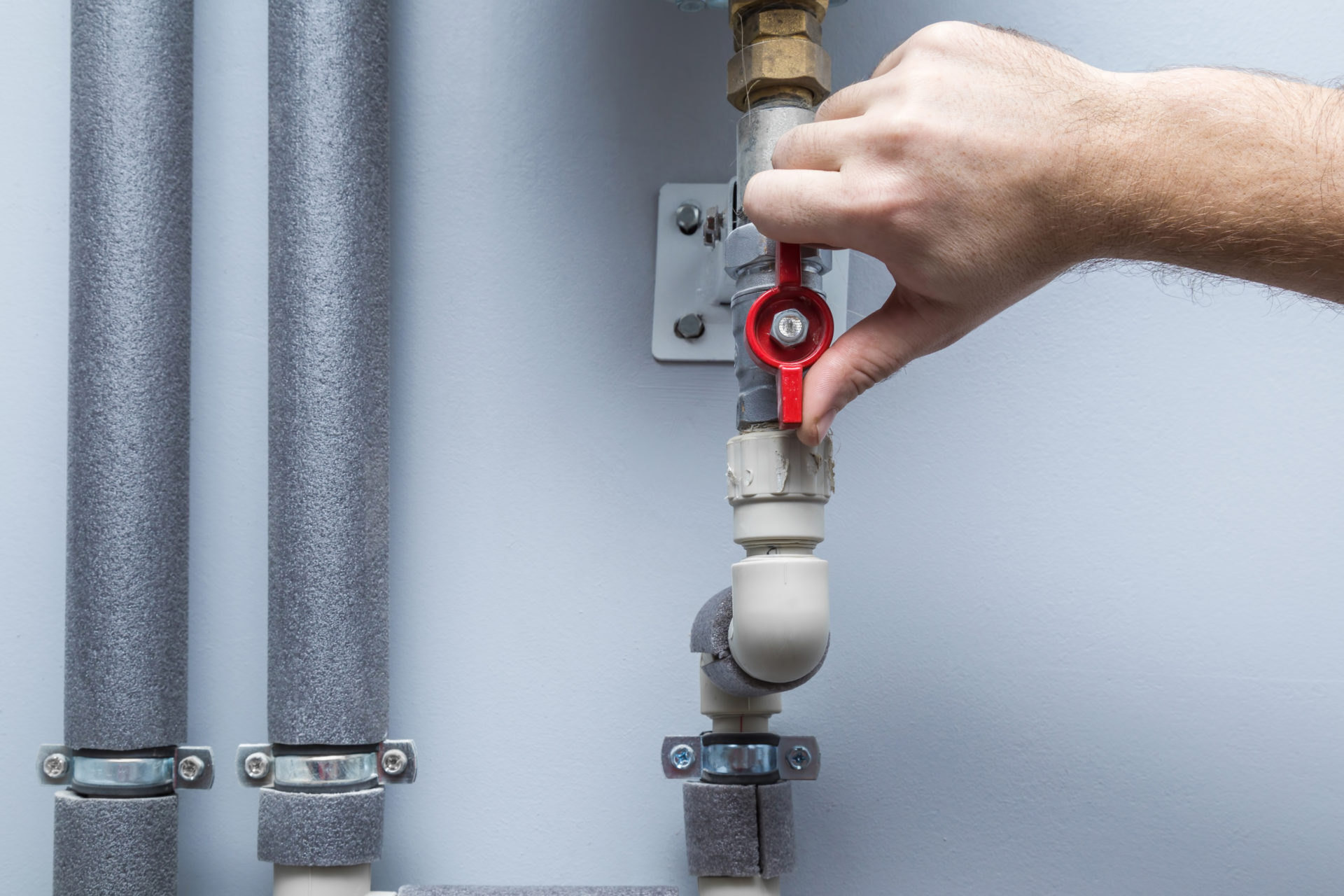
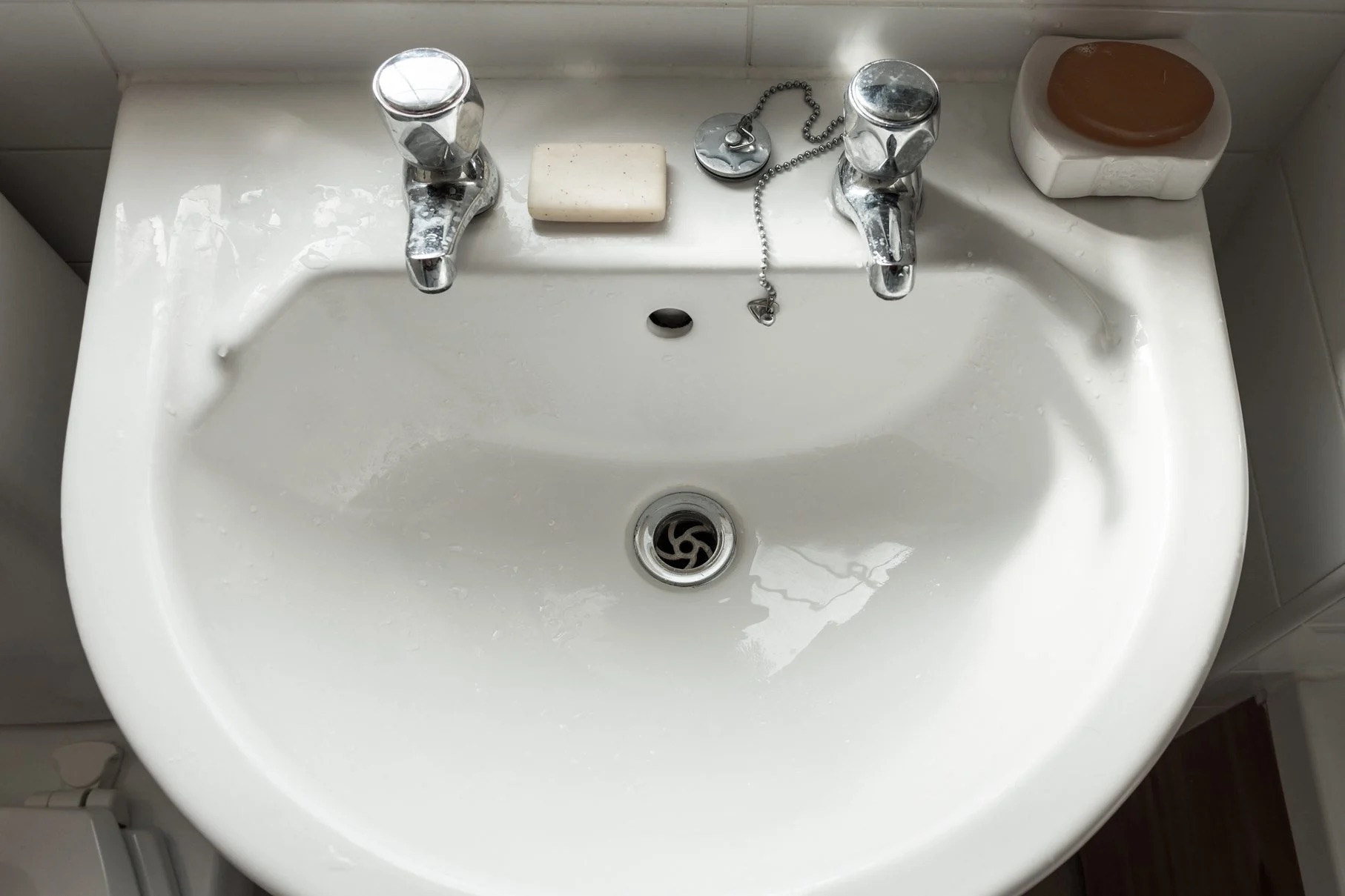
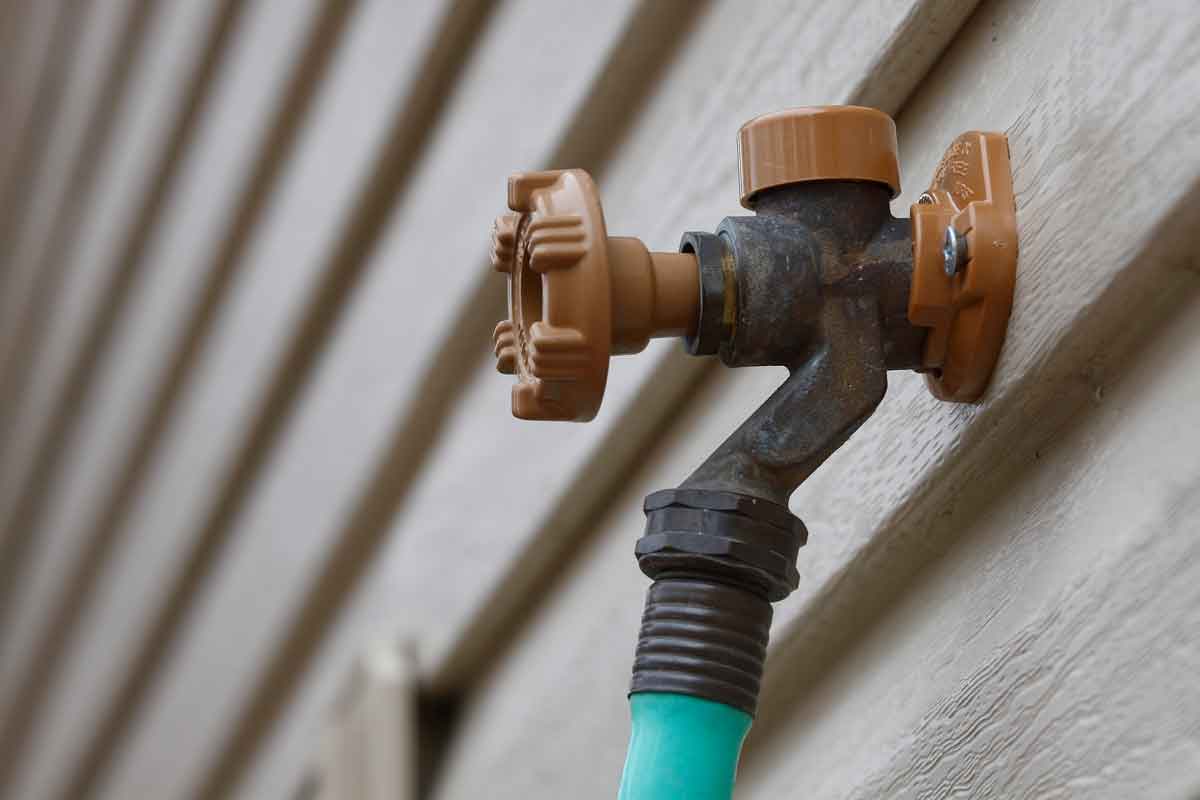
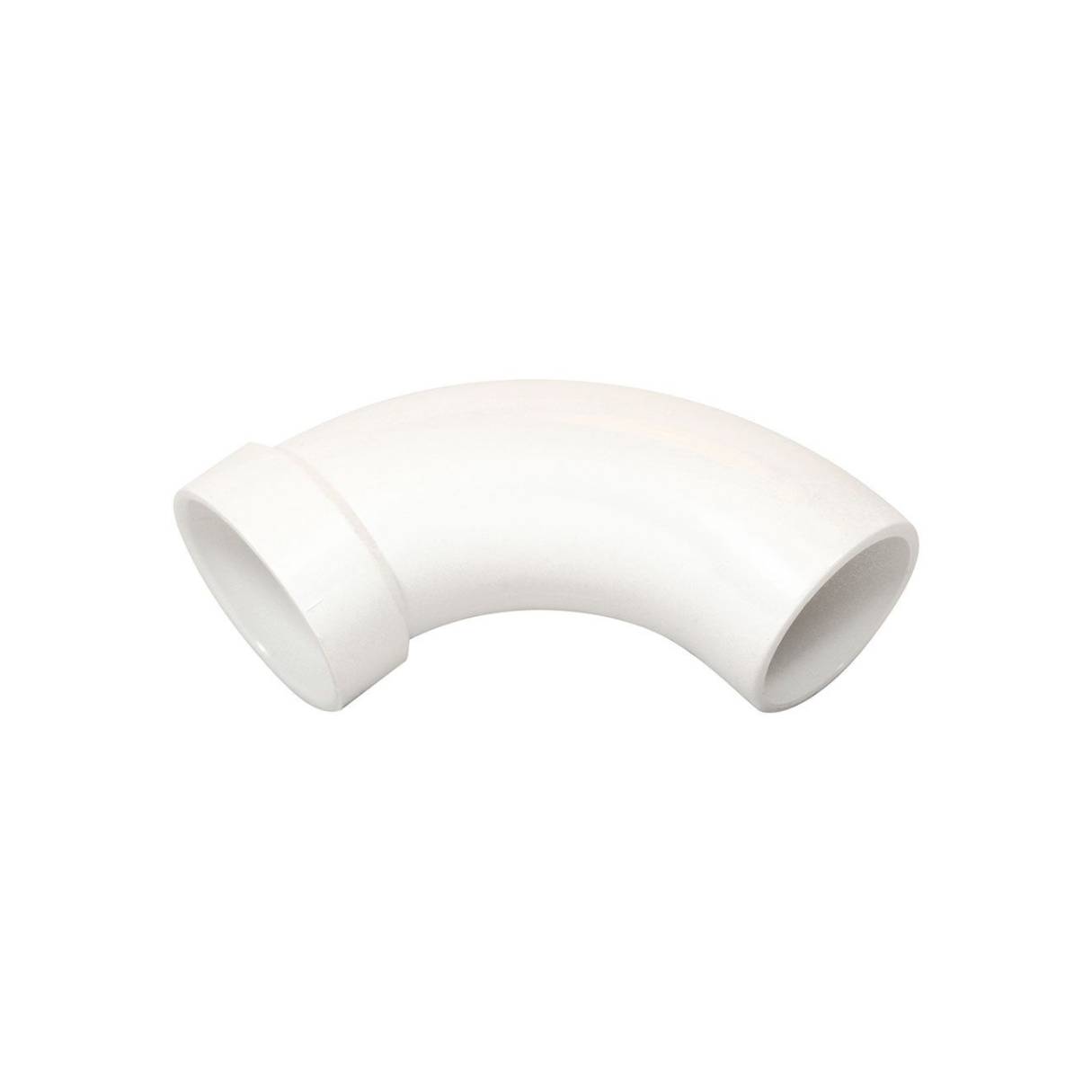
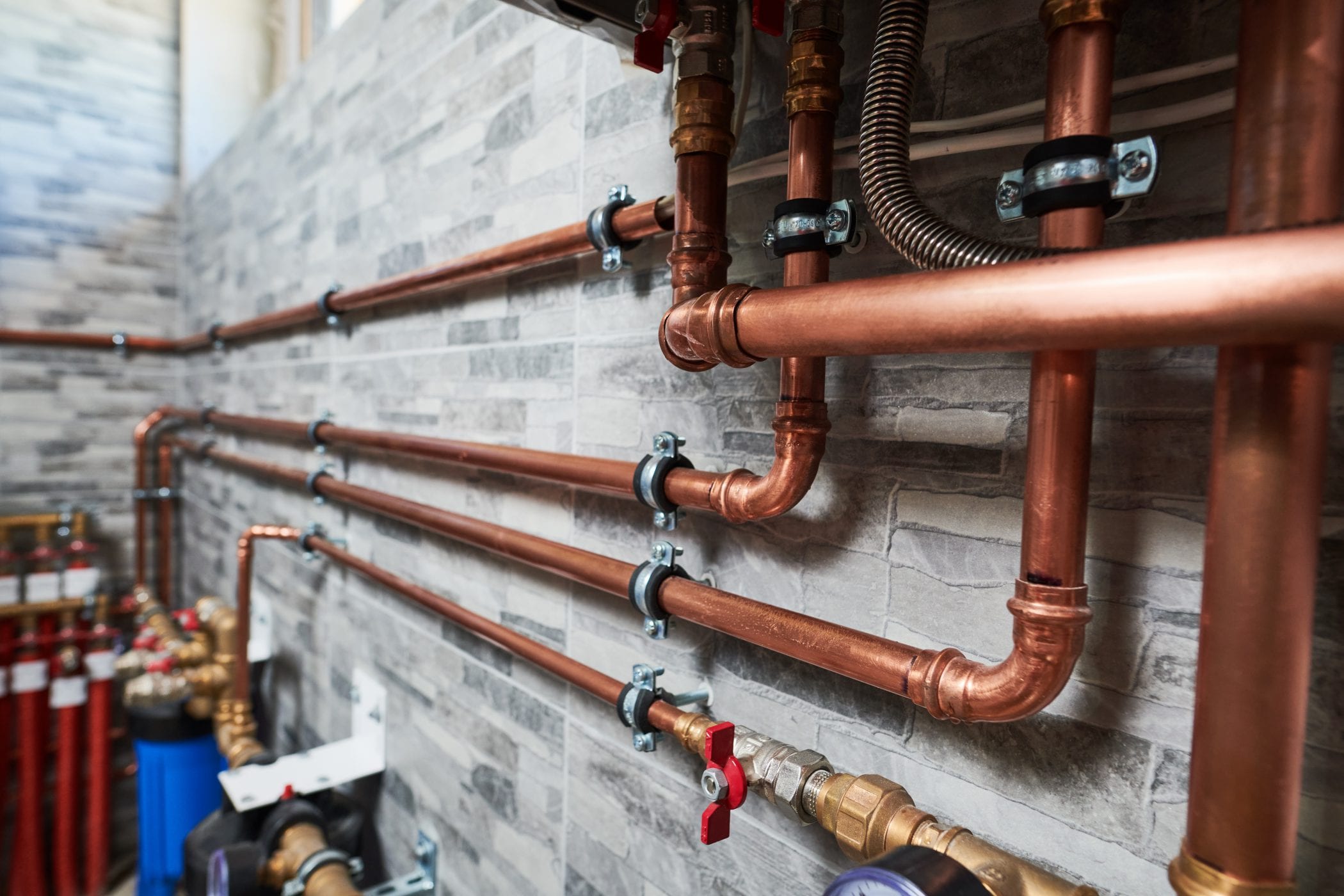
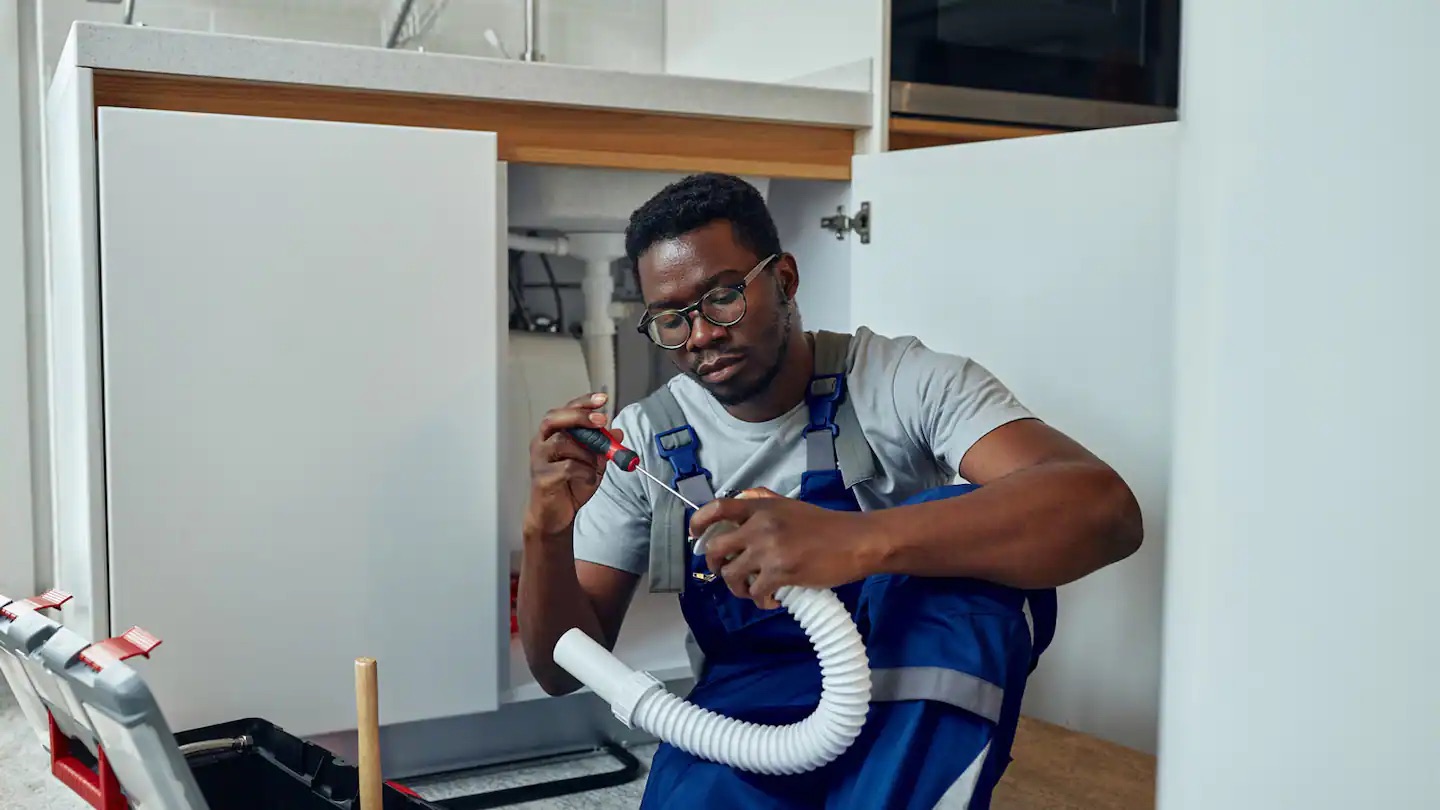
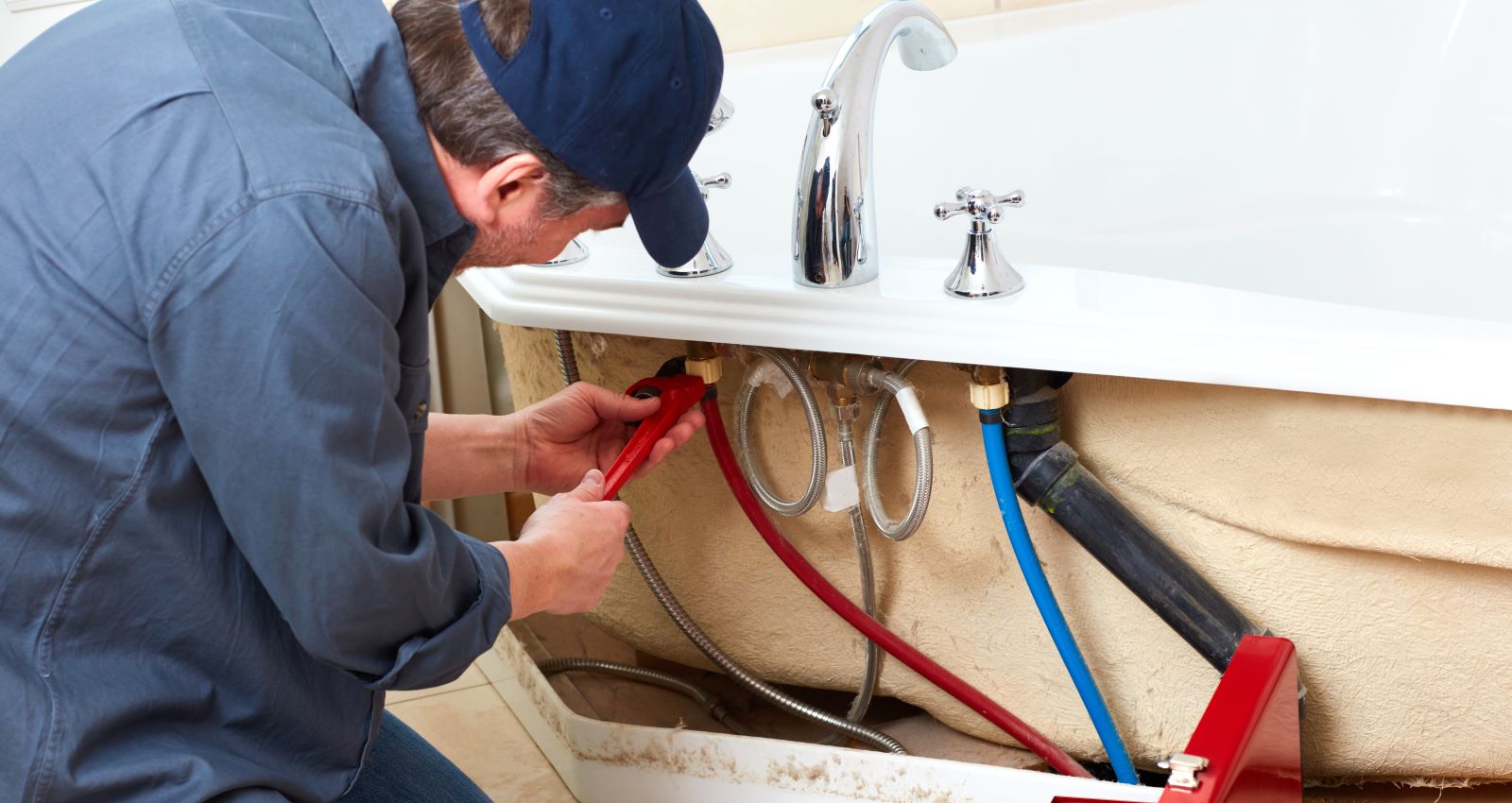
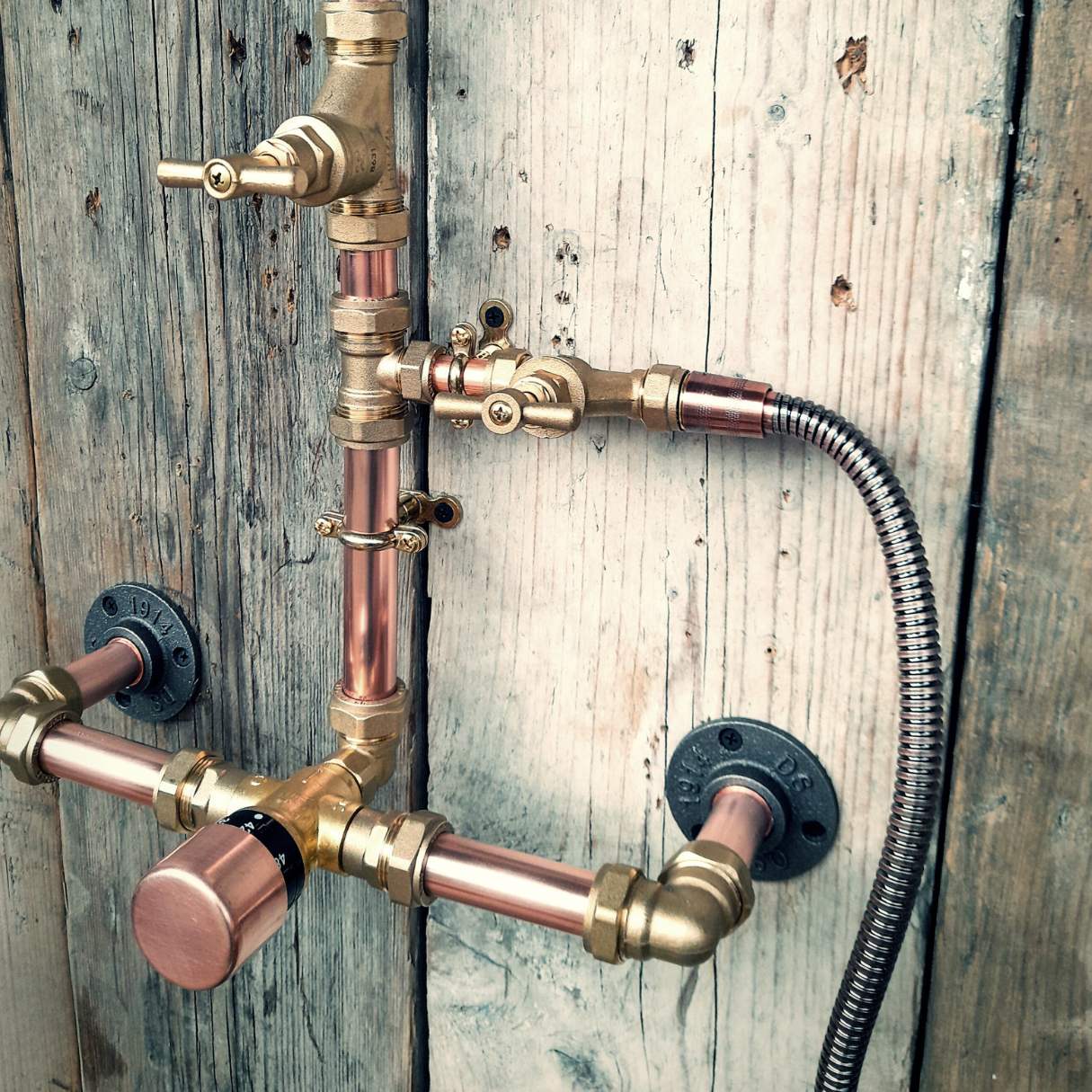
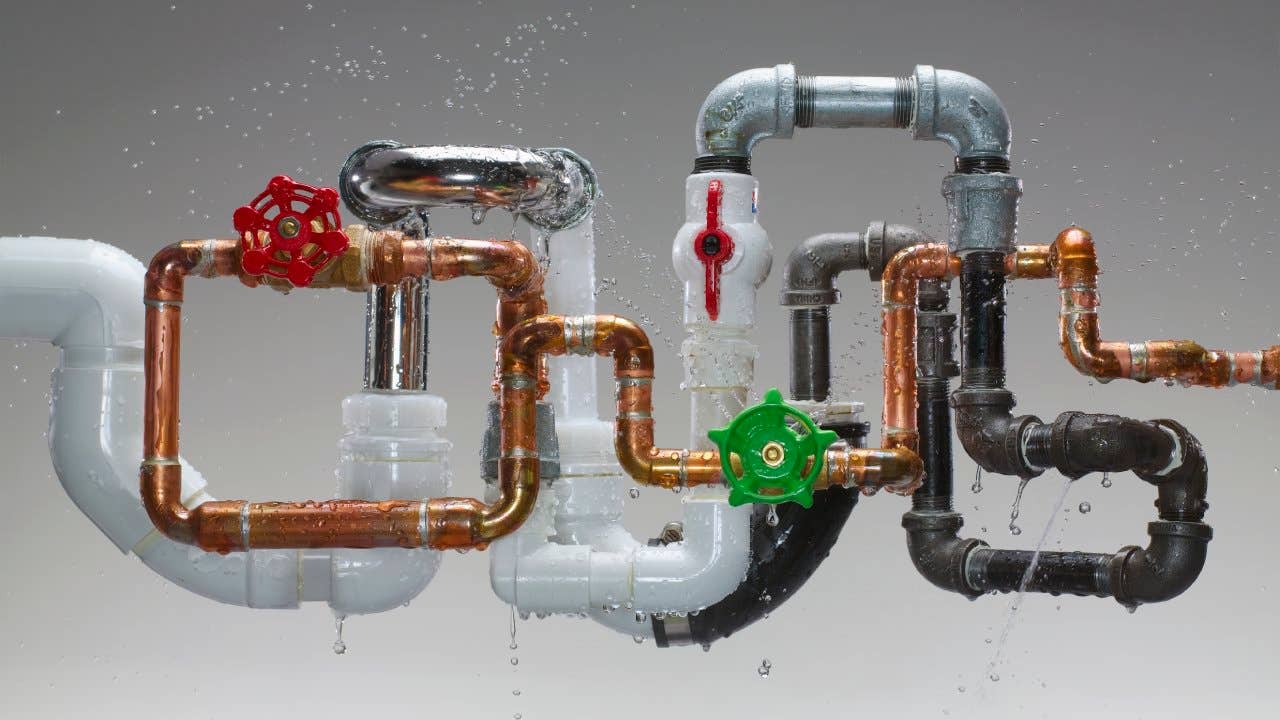
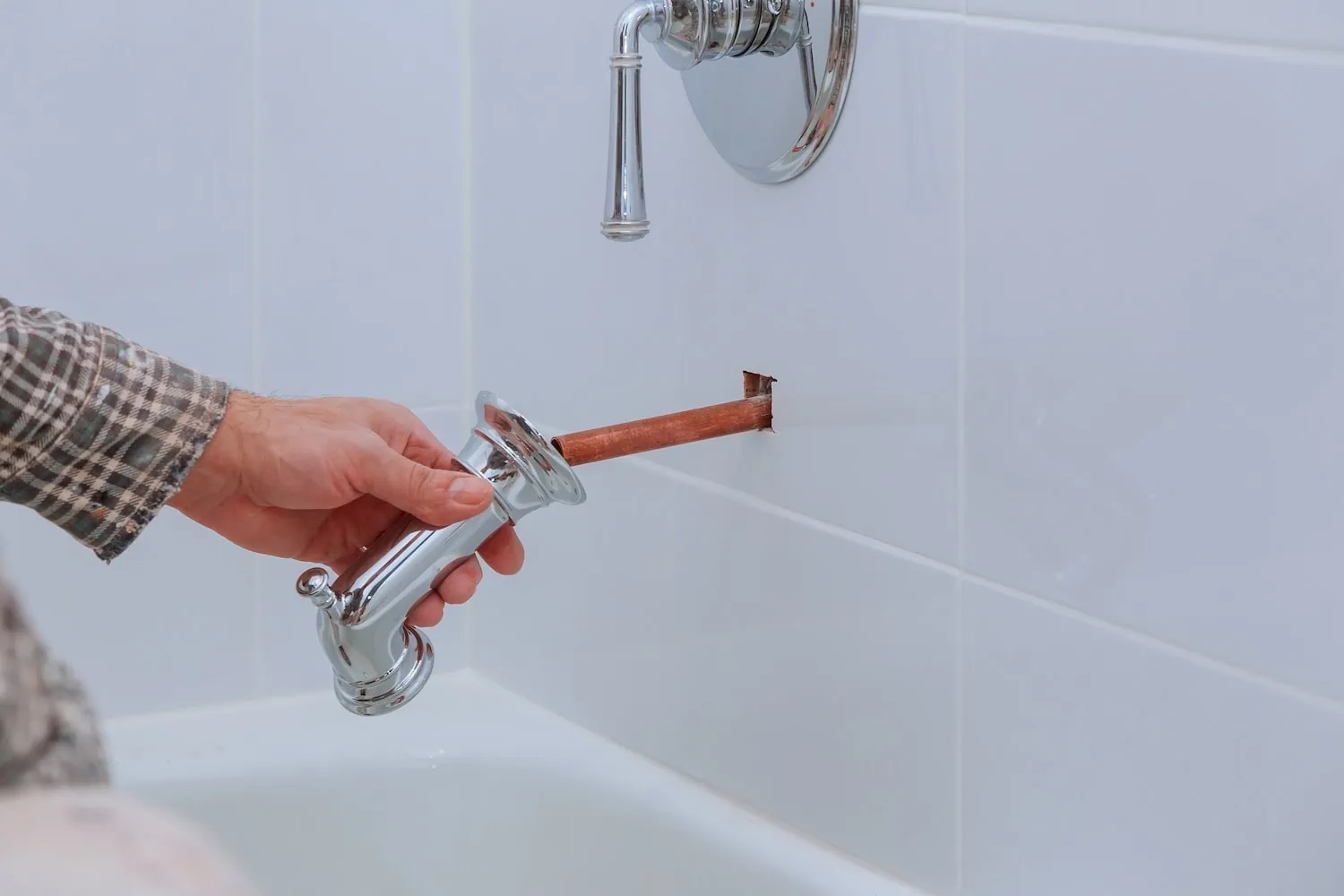
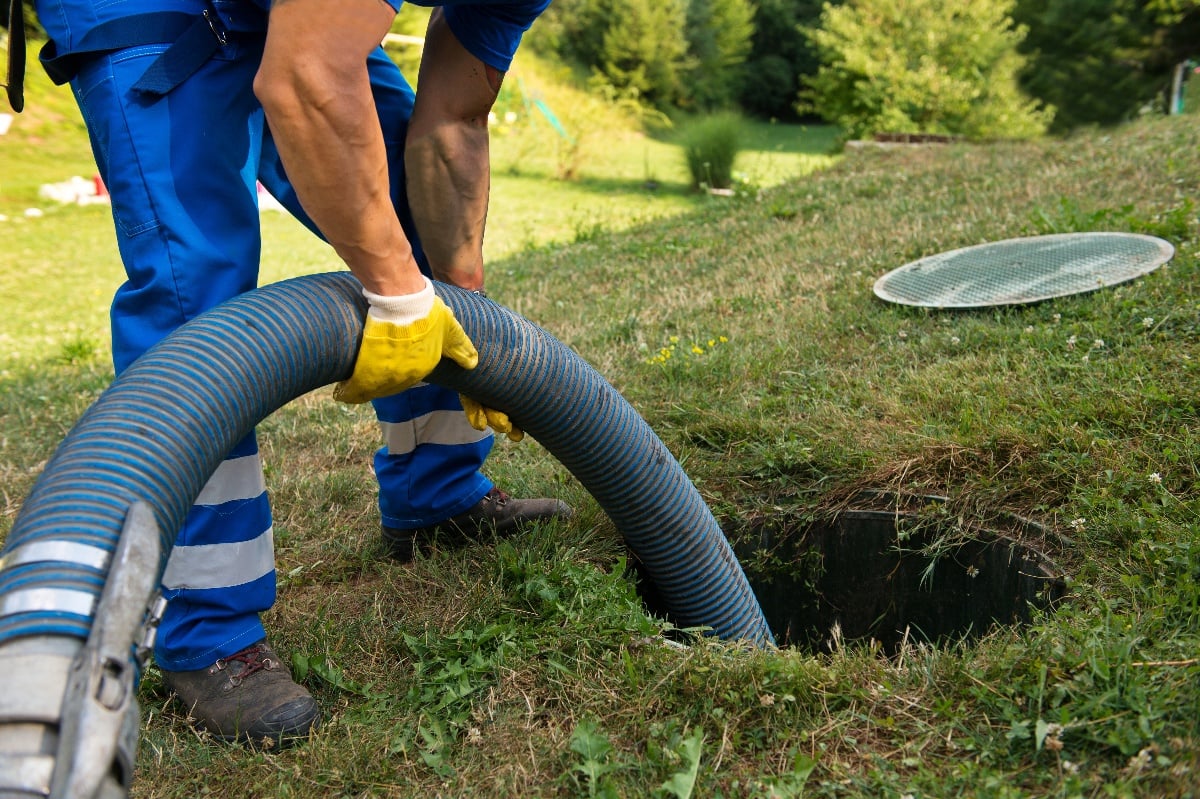
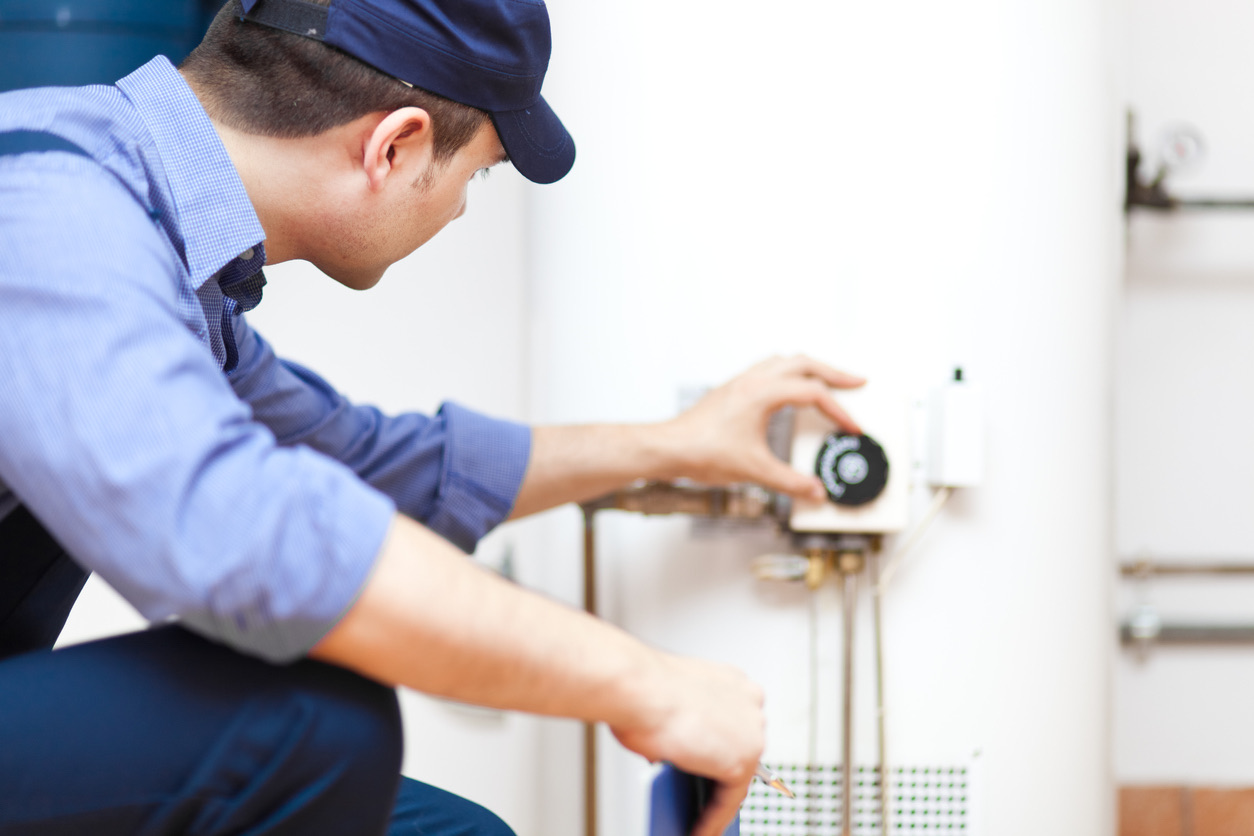
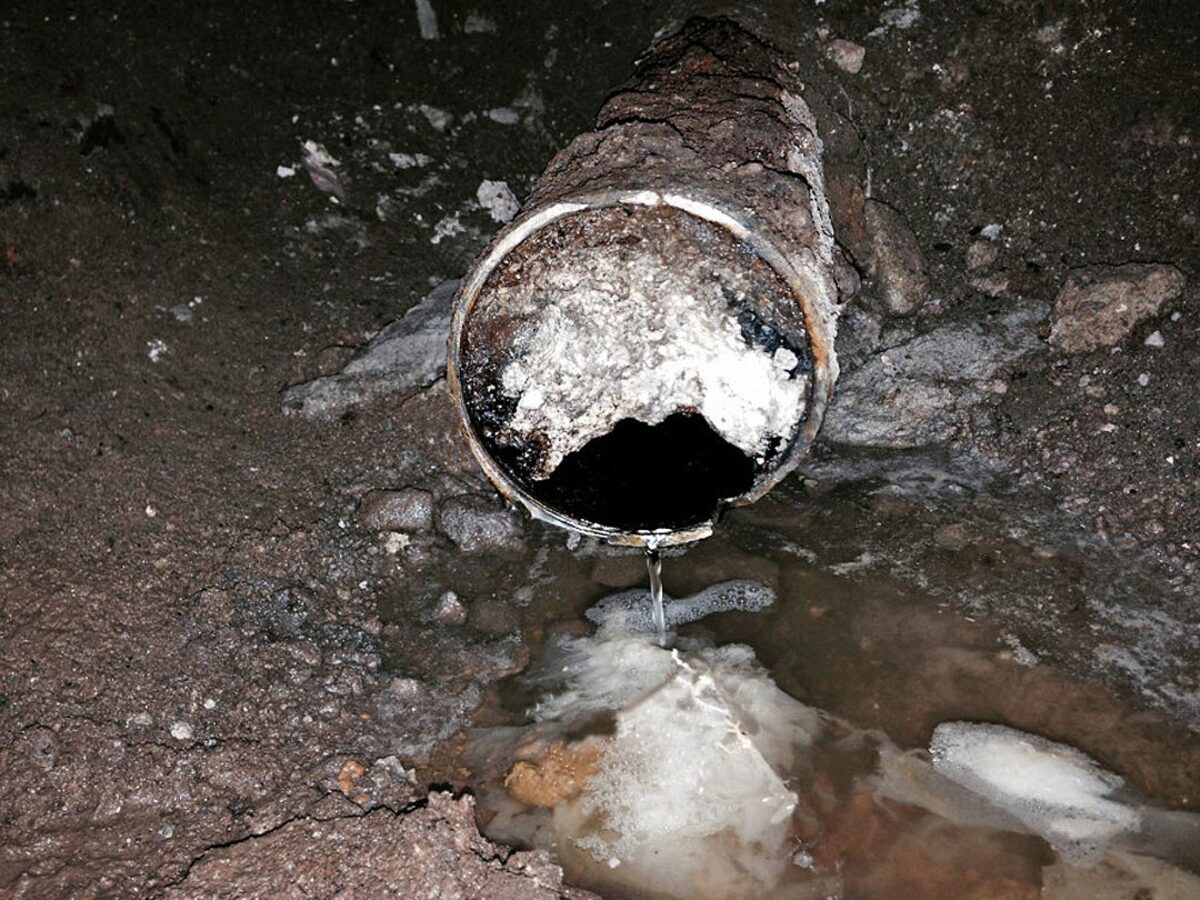

0 thoughts on “What Is A ManaBloc Plumbing System”